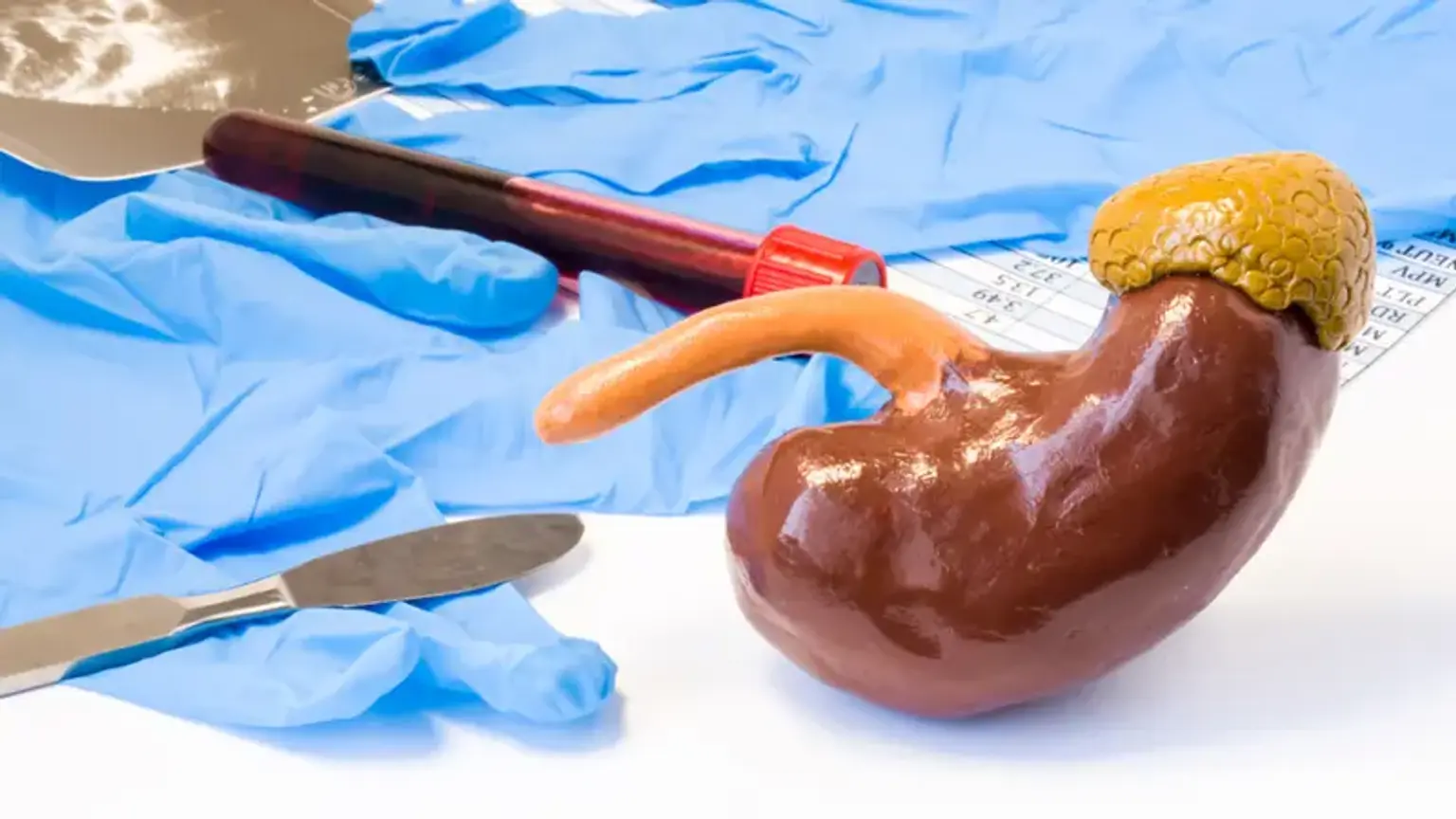Nephrectomy
Overview
The kidneys are in the back of the abdomen, sheltered by the lower ribs. Their purpose is to filter the blood that flows past them numerous times every day. The kidneys filter waste, manage fluid balance and maintain electrolyte equilibrium. The kidneys produce urine when they filter blood, which is ultimately expelled through the urinary tract. Because each kidney cell (nephron) is a tiny filter, a patient can function normally after partial or total nephrectomy.
A nephrectomy is a surgical procedure that involves the removal of all or part of a kidney. A nephrectomy includes removing only the damaged or diseased portion of one kidney, all of one kidney, or the whole kidney, together with the surrounding adrenal gland and lymph nodes, depending on the underlying cause for the procedure. General anesthesia is used for all nephrectomies.
A nephrectomy may be required to treat the following conditions, kidney damage (due to kidney stones or cyst), kidney cancer, traumatic injury, kidney donation, or extremely high blood pressure, and its consequences may necessitate a nephrectomy.
